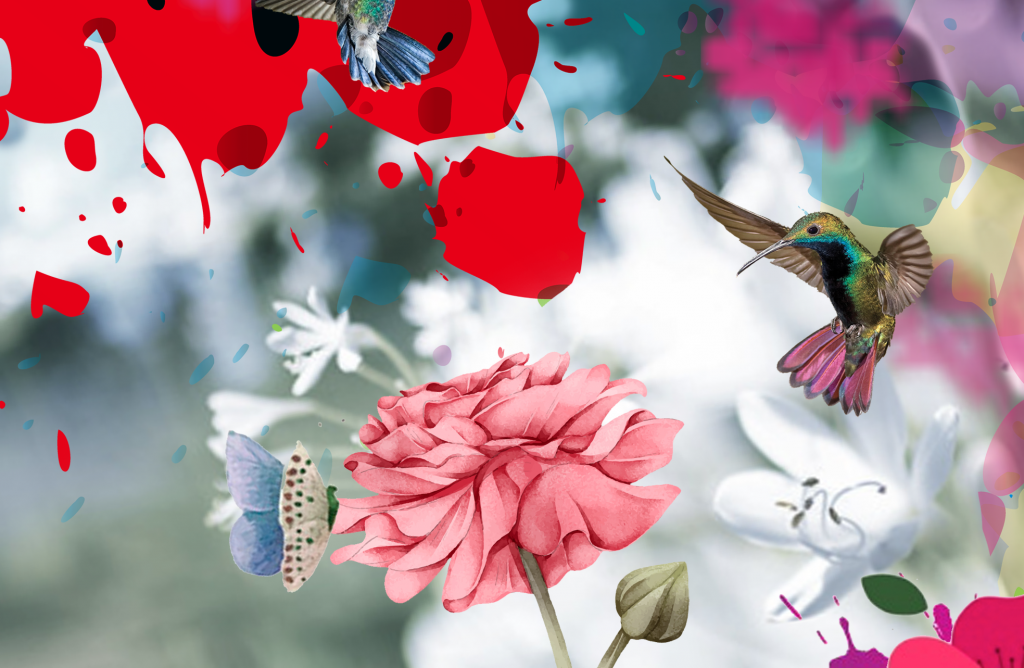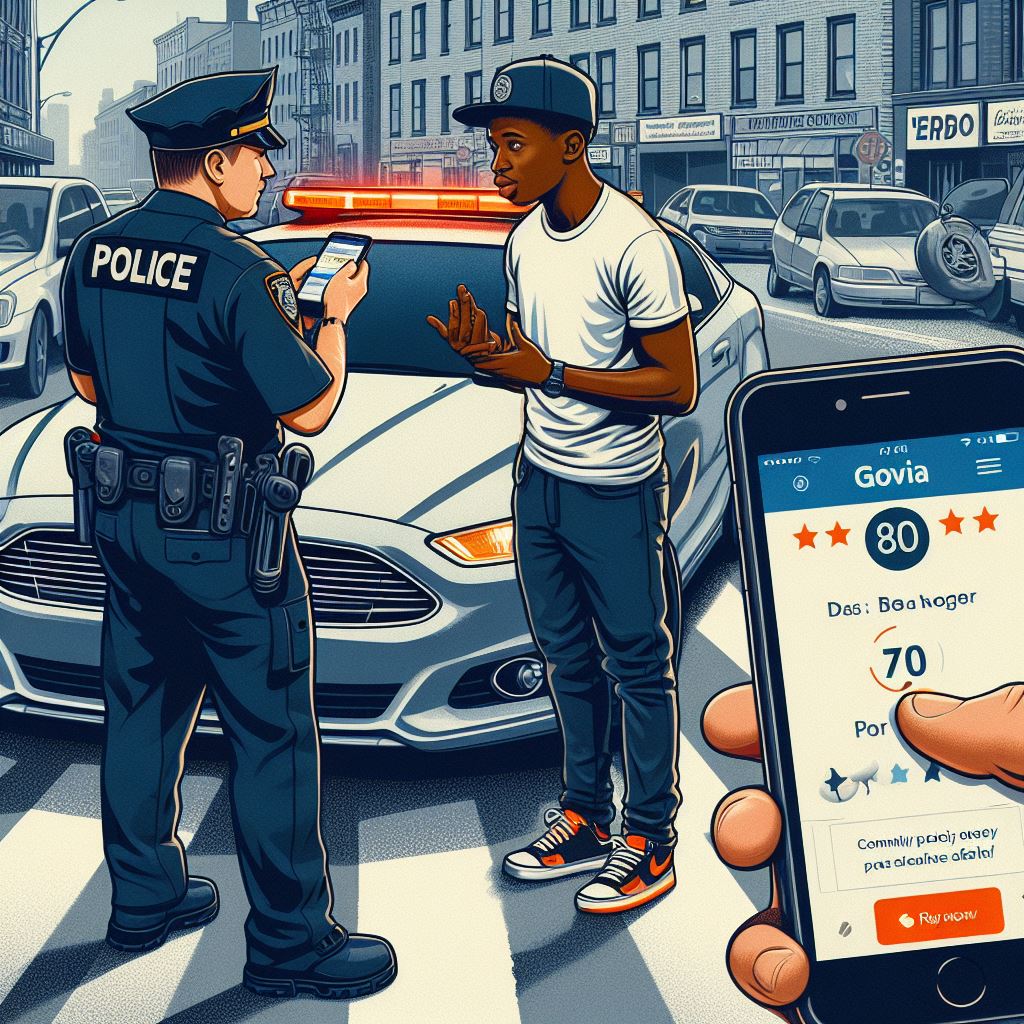Georgio Sabino III, widely known as GS3, is an inspiring educator and artist who has made significant strides in nurturing young talent in the Cleveland, Ohio area. As a dedicated mentor, GS3 has been instrumental in transforming the artistic landscape for K-12 students through his involvement with the Studio Institute and Studio in a School programs, funded by the visionary philanthropist Aggie Gund of the Gund Foundation.

A Visionary Educator
GS3’s commitment to art education goes beyond conventional teaching methods. He believes in the transformative power of art and its ability to inspire, empower, and elevate young minds. His approach combines practical skill development with an emphasis on creative expression, ensuring that his students not only learn technical proficiency but also develop a profound appreciation for the arts.
Over the past few years, GS3 has focused on creating opportunities for his students that extend beyond the classroom. His dedication to fostering artistic talent has seen remarkable results, with his students consistently producing works that demonstrate exceptional creativity and skill.

Studio Institute and Studio in a School
Through his work with the Studio Institute and Studio in a School programs, GS3 has been able to access resources and platforms that amplify his impact. These programs, established to integrate arts education into public schools, have provided a robust framework for GS3 to deliver high-quality art education. Supported by Aggie Gund and the Gund Foundation, these initiatives ensure that students from diverse backgrounds have the opportunity to engage with the arts in meaningful ways.
GS3’s involvement with these programs has not only enriched his teaching but has also opened doors for his students to showcase their talent on prestigious platforms. His ability to harness the support from these programs has been crucial in elevating the artistic experiences of his students, allowing them to explore and express their creativity in ways they might not have otherwise been able to.
Prestigious Recognition at Christie’s Auction House
One of the most significant milestones in GS3’s career has been his students’ participation in a prestigious art exhibit at Christie’s auction house in New York City. This achievement is a testament to the high caliber of work produced under his guidance. Christie’s, renowned for auctioning masterpieces by legendary artists like Francisco Goya, Jean-Michel Basquiat, and Pablo Picasso, is a platform that symbolizes excellence and prestige in the art world.
For three consecutive years, GS3’s students have had the honor of displaying their artworks alongside these masterpieces, an accomplishment that speaks volumes about the quality of education and mentorship they receive. This opportunity not only provides invaluable exposure but also instills a sense of pride and accomplishment in the young artists, motivating them to pursue their artistic ambitions with greater fervor.
Impact on the Cleveland Community
GS3’s influence extends beyond the individual achievements of his students. By fostering a vibrant artistic community in the Cleveland area, he has contributed to the cultural enrichment of the region. His work has inspired other educators and artists to prioritize arts education, creating a ripple effect that benefits the broader community.
Moreover, GS3’s efforts have highlighted the importance of art as a tool for personal and social development. His students, many of whom come from underrepresented backgrounds, find in art a means to express themselves, explore their identities, and connect with others. This holistic approach to art education underscores the transformative potential of creative endeavors.
Looking Ahead
As GS3 continues his journey as an educator and mentor, his focus remains on expanding the horizons for young artists. With ongoing support from the Studio Institute, Studio in a School, and the Gund Foundation, he is poised to further elevate the standards of art education and create more opportunities for his students to shine on national and international stages.
Georgio Sabino III’s work exemplifies the profound impact that dedicated educators can have on their students and communities. Through his vision, passion, and unwavering commitment, GS3 is not only shaping the artists of tomorrow but also enriching the cultural fabric of today.
Educating the youth and art exhibit’s in New York City
3rd Year
Link to the “Christie’s Auction House” catalog











